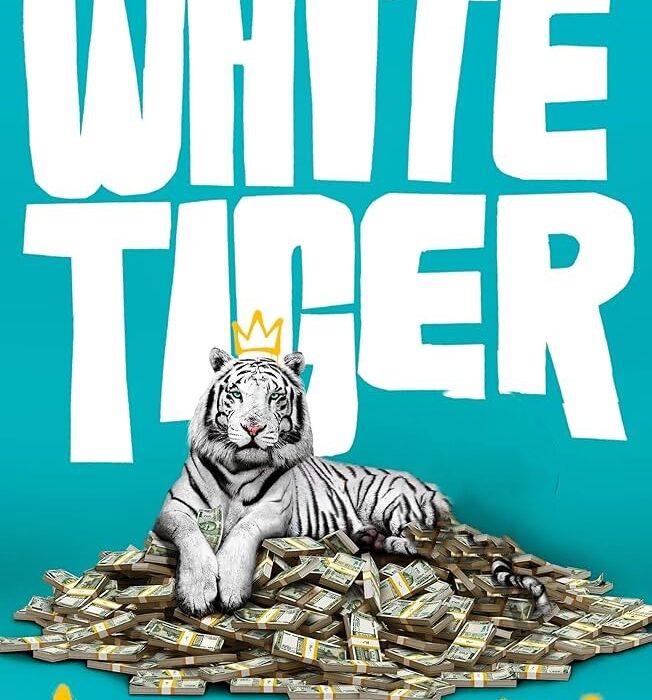“The White Tiger” by Aravind Adiga is a compelling exploration of societal hierarchies, class struggle, and the dark underbelly of contemporary India. Published in 2008, the novel quickly gained widespread acclaim, earning Adiga the prestigious Man Booker Prize. Set against the backdrop of a rapidly modernizing India, the story is narrated by Balram Halwai, a self-proclaimed entrepreneur and the “White Tiger” of the novel’s title.
The narrative unfolds as a series of letters written by Balram to the Chinese Premier, who is scheduled to visit India. Through these letters, Balram recounts his journey from a small rural village to becoming a successful entrepreneur in the city. This epistolary structure provides a unique and intimate perspective, allowing readers to witness the protagonist’s transformation firsthand.
The heart of the novel lies in Balram’s struggle against the deeply ingrained caste system and societal norms that perpetuate oppression and poverty. Born into a lower caste in the impoverished village of Laxmangarh, Balram’s life is predetermined by societal expectations. However, his fierce ambition and keen intelligence set him apart from his peers. The novel explores the price of ambition and the moral compromises one must make to break free from the shackles of poverty.
Adiga’s writing is sharp, evocative, and laced with dark humor. He paints a vivid picture of the stark contrasts between rural and urban life in India. The novel is unapologetically critical of the economic disparities and corruption that plague the country, exposing the underbelly of the “Rooster Coop,” a metaphorical cage where individuals are trapped by societal expectations and systemic inequality.
Balram’s journey from a humble driver to a successful entrepreneur is both empowering and morally ambiguous. The character development is intricate, and Balram’s internal conflicts add depth to the narrative. The novel raises profound questions about the nature of morality, the price of success, and the lengths one is willing to go to break free from a predetermined fate.
“The White Tiger” is not just a story of one man’s rise to success but a searing commentary on the socio-economic landscape of modern India. Adiga’s portrayal of corruption, exploitation, and the consequences of societal apathy is both thought-provoking and unsettling. The novel challenges readers to confront uncomfortable truths about privilege, power, and the human cost of progress.
In conclusion, “The White Tiger” stands as a powerful and impactful work of contemporary fiction. Adiga’s storytelling prowess, combined with the novel’s social commentary, makes it a must-read for those seeking a deeper understanding of the complexities of the human condition within the context of a rapidly changing society.












